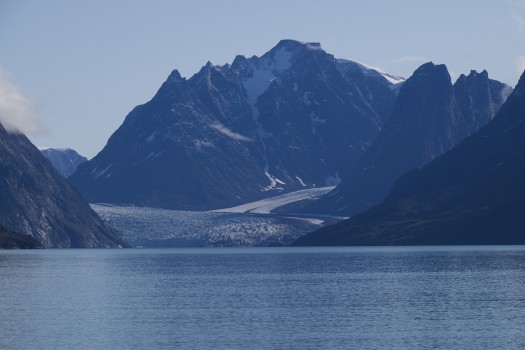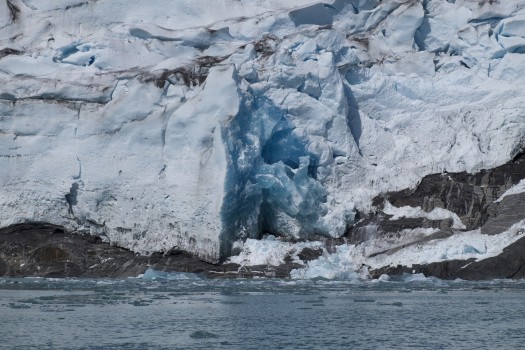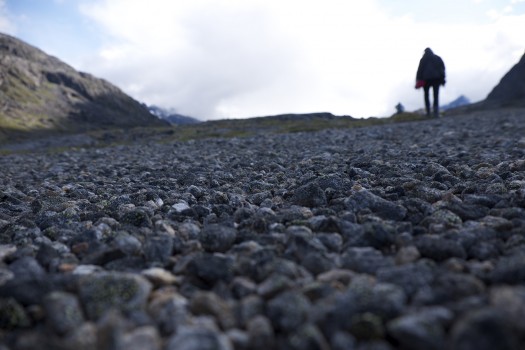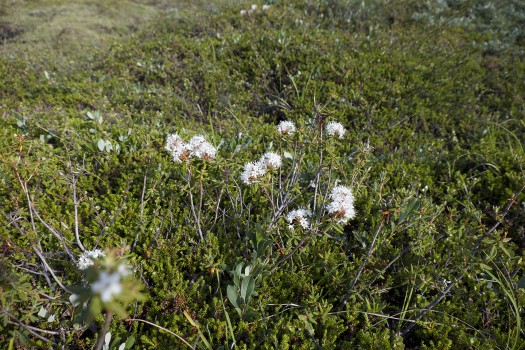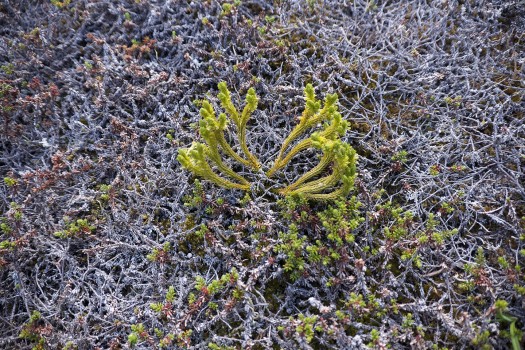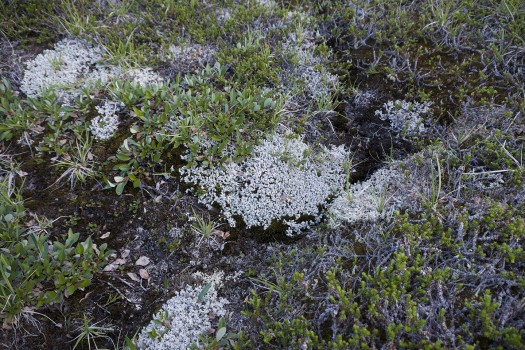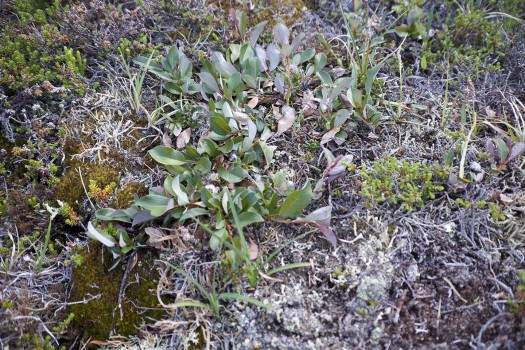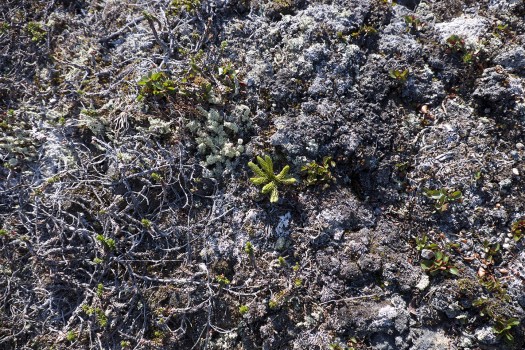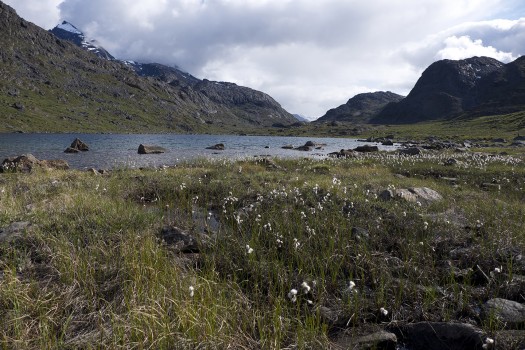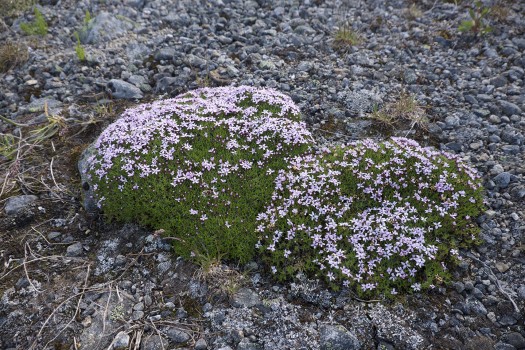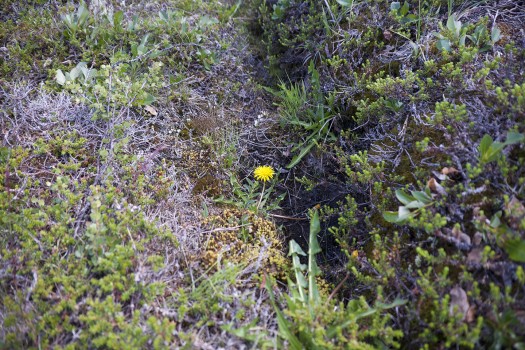A Placemaking Journal
Heart of the Arctic: Reflections
Being back in the south for a couple weeks has given me a chance to reflect on the Adventure Canada Heart of the Arctic expedition. The biggest imprints are three things: the inclusivity of the people, the vastness of the land, and the need to continue to do all we can to develop in compact settlement patterns as one of the many things that can help keep us from further damaging earth’s cooling system. The images on my mind for today happen to be from the one day of our expedition that did not upload successfully, due to intermittent internet access.
These images are from Kangerlussuatsiaq, also known as Evidghedsfiorden, or the Fjord of Eternity, aptly named at 700 metres deep and 75 kilometers long. Tidewater glaciers empty the Maniitsoq ice sheet into the fjord. We were able to sail close to the face of the glacier, giving space for the frequent calving in the warm July sunshine.
The fjord itself was striking, with many of the surrounding mountains unexplored and unnamed. This was the 6th day of the expedition (not consecutive) in which we didn’t see another human, outside of the Ocean Endeavour.
“To dine with a glacier on a sunny day is a glorious thing, and makes feasts of meat and wine ridiculous. The glacier eats hills and drinks sunbeams.” — John Muir, as quoted by our delightfully knowledgeable expedition staffer, Ian Shaw, aboard a zodiac as we approached the glacier.
A glacier is defined as any piece of ice heavy enough to move on its own. The compression of thousands of years of snowfall and rain create a weighty Greenland icecap. The pressure creates a layer of water between the glacier and the ground, slowly moving the ice over time.
We dipped our hands into the water to retrieve bits of ice that could be as much as 10,000 years old. But based on the fact that the ice wasn’t fizzing much, and how close to a body of water it was, this ice was likely only a couple thousand years old. Reaching into the water and taking a small piece of it into my hand and watching it melt was a sober moment.
The handful of our voyagers who have been here before were shaken by the amount the glacier has retreated in the last decade. Comparing what we saw to the 2006 Google Earth images confirms we walked on much more glacier-free tundra than what Google shows. The moraine of rocks are 0.23 nautical miles from the front edge of glacier, marking how much the glacier has retreated in recent time.
On a more encouraging note, I am still a bit hypnotized by the plant life on the tundra. From afar, the landscape often appears as a browny-green barren expanse. But upon a closer look, it is teeming with tiny and exceptionally beautiful flora.
While on a sort of walking meditation alone through the tundra, I was amused by finding what looked like my mother’s phlox growing happily in this extreme climate. The purple flowers reminded me of her words, saying that we never know the far reaching effects of the hopeful act of planting just one seed. The prowess of the migratory birds here proved her right again.
Not too many steps later, I found one lone dandelion blooming. Just as our good habits can be exported far and wide, so can our bad habits, or our failure to weed out what can be a noxious invasive species or habit. For too many decades, we’ve been exporting our resource-depleting bad behaviors of auto-oriented suburban development patterns, and the dandelion and melting glaciers were both reminders of the effects, in their own different ways.
5% of the world’s population uses 23% of the world’s oil, produces 21% of greenhouse gases, and owns 28% of the world’s autos. What can you and I do to make a difference?
To read the entire Heart of the Arctic series, go here. Or in chronological order:
The Inuit: A view from the top of the world | July 13
Kuujjuaq: Heart of the Arctic Day 1 | July 17
Aktopak: Heart of the Arctic Day 2 | July 18
Kangiqsujuaq: Heart of the Arctic Day 3 | July 19
Digges Island: Heart of the Arctic Day 4 | July 20
Cape Dorset: Heart of the Arctic Day 5 | July 21
Kimmirut: Heart of the Arctic Day 6 | July 22
Lower Savage Island: Heart of the Arctic Day 7 | July 23
Sea Ice Along Cumberland Sound: Heart of the Arctic Day 8 | July 24
At sea and no report: Heart of the Arctic Day 9 | July 25
Nuuk: Heart of the Arctic Day 10 | July 26
Evidghedsfiorden: Heart of the Arctic Day 11 | July 27 (reported in today’s blog)
Itilleq: Heart of the Arctic Day 12 | July 28
Kangerlussuaq: Heart of the Arctic Day 13 | July 29
–Hazel Borys
If PlaceShakers is our soapbox, our Facebook page is where we step down, grab a drink and enjoy a little conversation. Looking for a heads-up on the latest community-building news and perspective from around the web? Click through and “Like” us and we’ll keep you in the loop.









